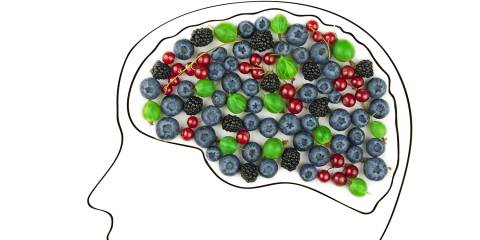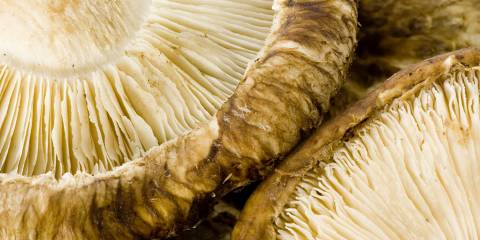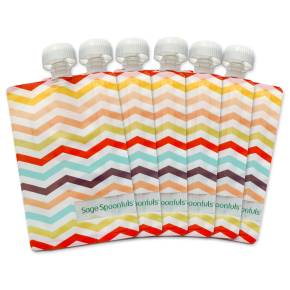What can you do to prevent the most common conditions that cause vision loss? Our plan encompasses the herbs, supplements, and foods to consume now to protect your eyesight in the future.
Age-Related Macular Degeneration
Age-related macular degeneration is the leading cause of vision loss for Americans 60 and older. It gradually destroys central vision. The National Eye Institute estimates that 1.75 million people are afflicted, with another 7 million showing a significant predisposition for the disorder.
The risk of developing AMD rises steeply with age. Smoking, obesity, and high blood pressure increase your risk for developing it.
Macular degeneration is a painless disease that affects the part of the eye called the macula, located in the center of the retina. The macula controls central vision and allows you to see fine details.
There are two forms of macular degeneration. Atrophic, or “dry” AMD develops slowly and causes a gradual blurring of vision. Neovascular, or “wet” AMD, occurs when abnormal blood vessels behind the retina leak blood and other fluid, damaging the macula. It can occur rapidly. Both forms of AMD lead to loss of central vision or blurred vision.
Because AMD only affects the retina, peripheral vision is not diminished. Once the disease appears, it is considered irreversible, so preventive care is key. Taking the proper steps sooner rather than later can significantly reduce your risk.
Prevent AMD
Eat a diet rich in fruits and vegetables, especially those containing carotenoids. Carotenoids give bright plant foods their color, and have been shown to lessen the damage caused by free radicals. Bell peppers are a natural source of carotenoids, as are carrots, squash, and sweet potatoes.
Two carotenoids in particular, lutein and zeaxanthin, are naturally present in the macula. Studies show that increasing your stores of these carotenoids through supplementation can significantly reduce your risk for AMD.
Vitamins C and E may also play roles in prevention.
Many berries—bilberries in particular—are excellent for eye protection. Look for them in supplement form.
Glaucoma
Glaucoma is a group of diseases in which excess fluid pressure damages the optic nerve. Glaucoma is also age-related, affecting about 3 percent of Americans over age 65. Structural abnormalities in the eye seem to create an imbalance of fluids, producing more liquid than the eye can release. Chronic glaucoma can cause a loss of peripheral vision, and acute glaucoma (caused by an even higher amount of eye pressure) can be distinguished by redness in the eyes, blurred vision, and dilated or fixed pupils. Acute glaucoma can be painful and should be addressed immediately, otherwise permanent blindness may occur.
To prevent glaucoma, have your eyes checked every two years after age 18, and annually after age 60.
Many of the foods that decrease your risk for AMD are also effective in combating glaucoma, including bilberries. The omega-3 fatty acids found in cold-water fish such as salmon are also protective and have been shown to reduce inner-eye pressure. Glaucoma may also be linked to allergens. In one study, the inner-eye pressure of subjects’ eyes spiked dramatically after being exposed to either airborne or food allergens. However, the use of drugs to combat allergens makes the effects of glaucoma worse. Those suffering from glaucoma are advised to avoid anti-inflammatory drugs called corticosteroids, as they weaken collagen structures within the eyes.
Cataracts
The most common cause of blindness in the United States, cataracts affect half of all Americans aged 80 and over. An opaque film forms over the eye, distorting or impairing vision. Colors may seem faded, light may appear too bright, and night vision may be reduced. Consuming high levels of vitamins C and E can reduce the risk. If you don’t use supplements, make sure you’re eating plenty of fruits and vegetables high in antioxidants. These include carrots, broccoli, and leafy greens, as well as berries and citrus fruits.
Maintaining a high level of glutathione is also important—this antioxidant is present in the lens of the eye and appears to be significantly reduced in those with cataracts. Glutathione is present in fruits and vegetables, and is more abundant in those that are raw, not cooked.



